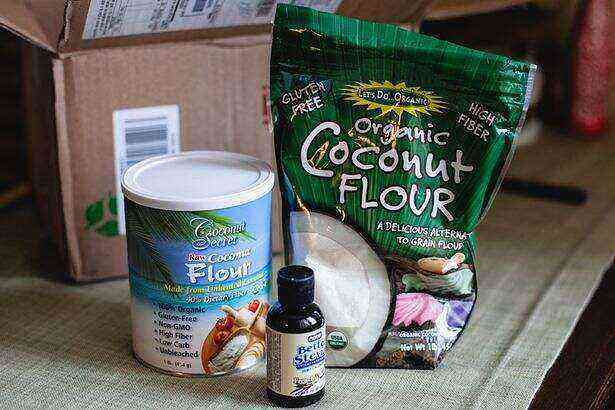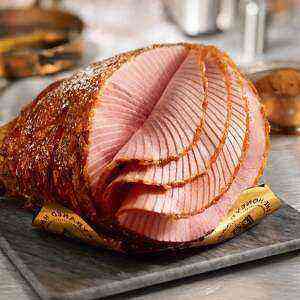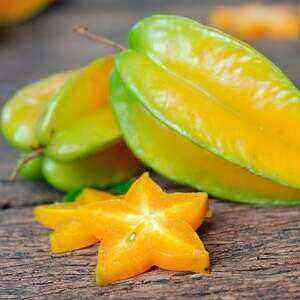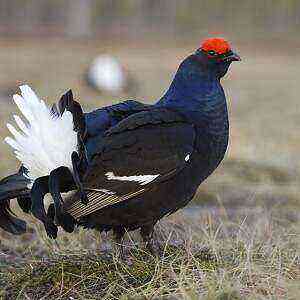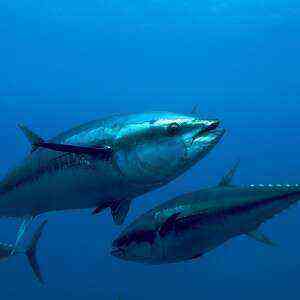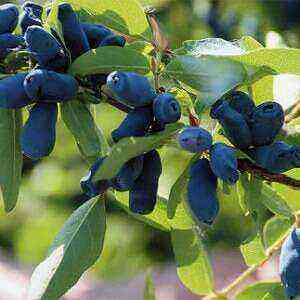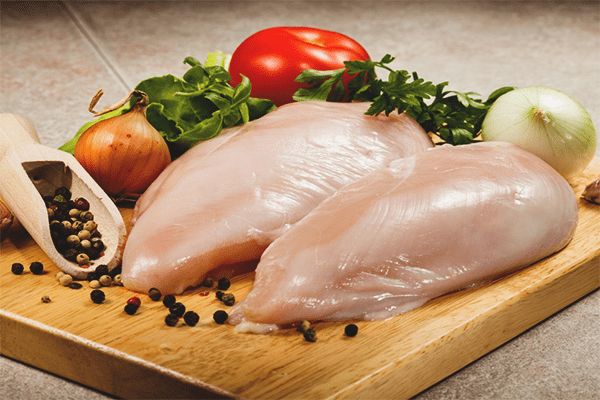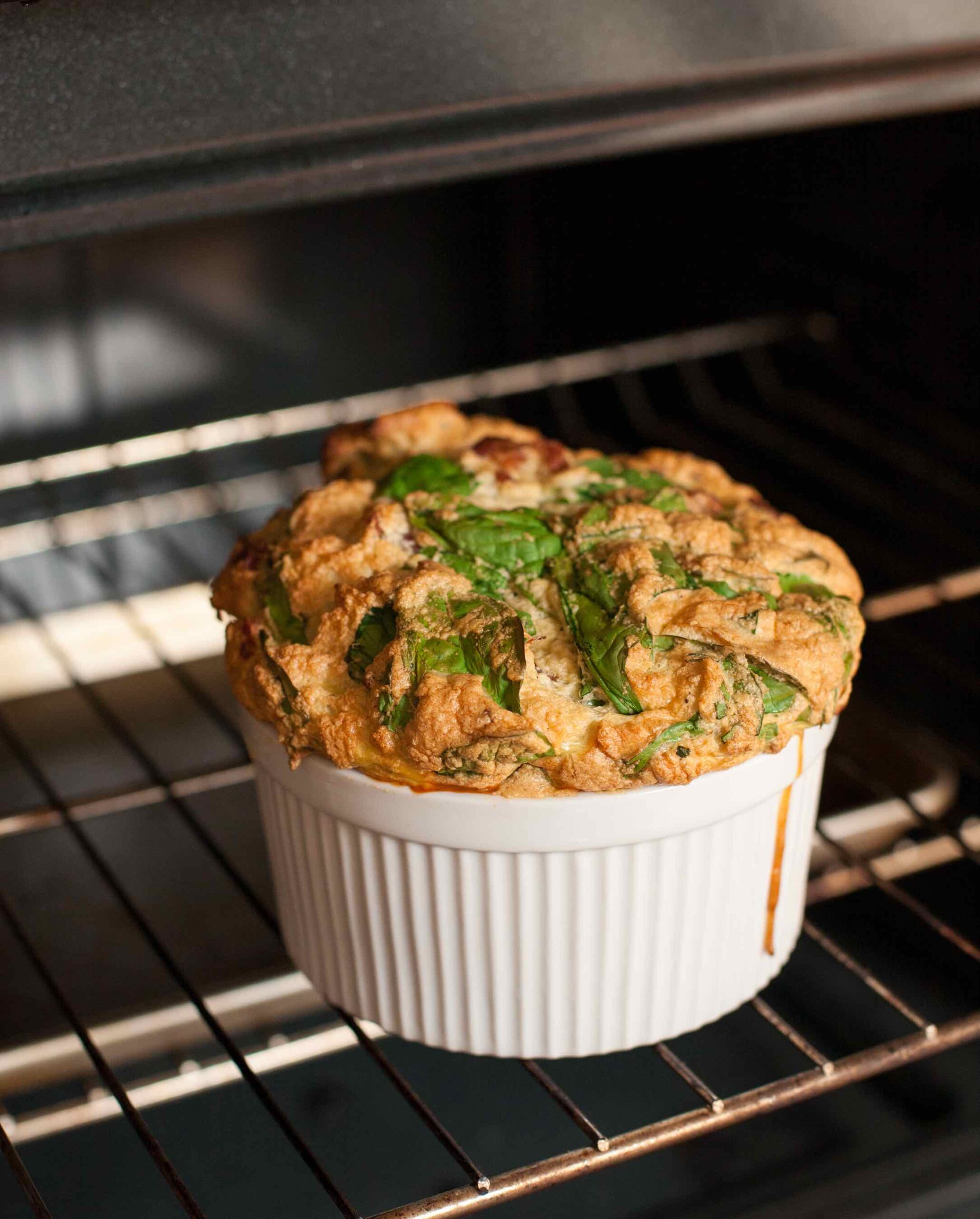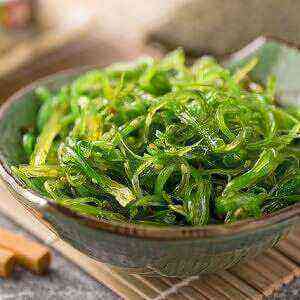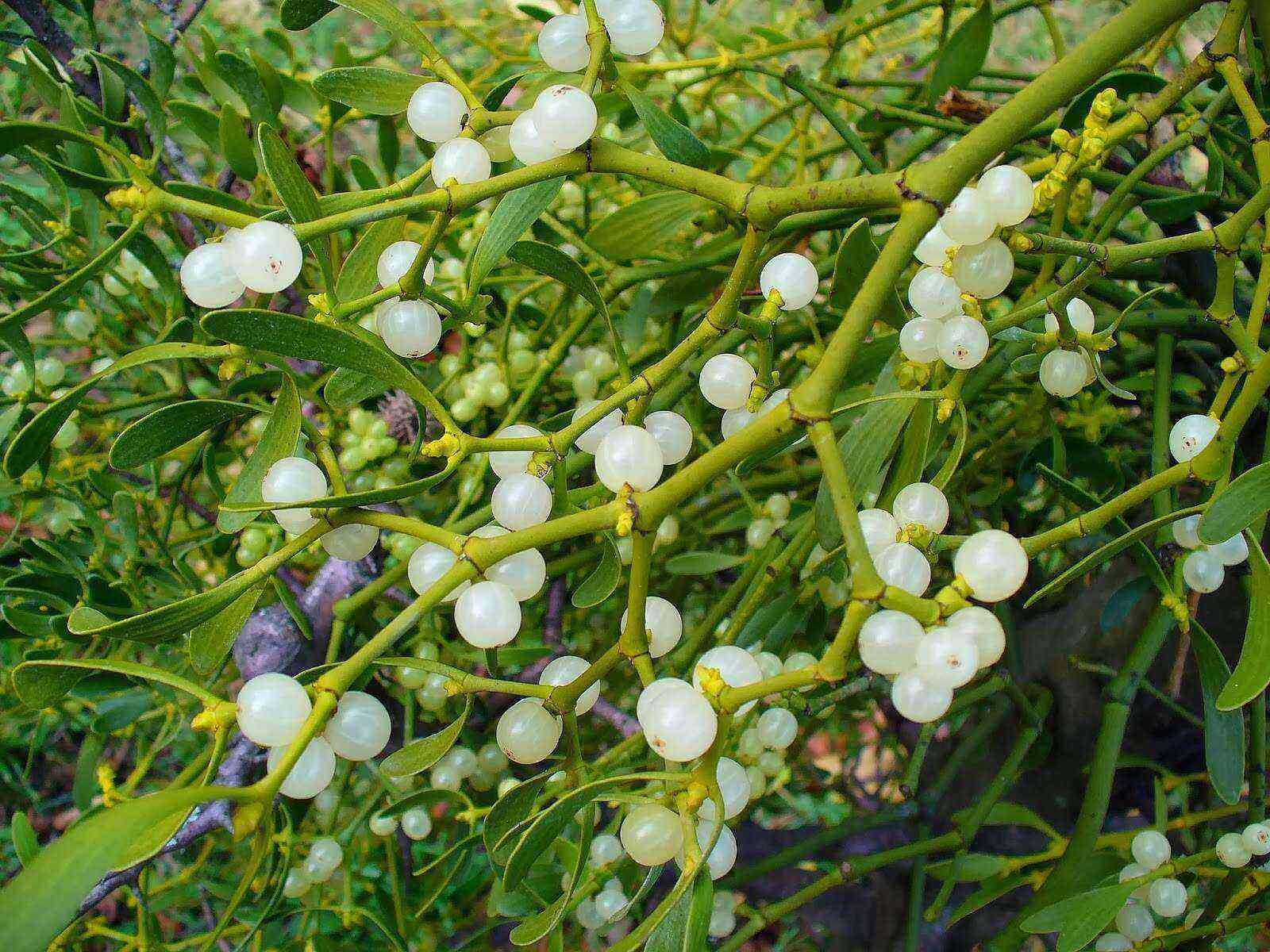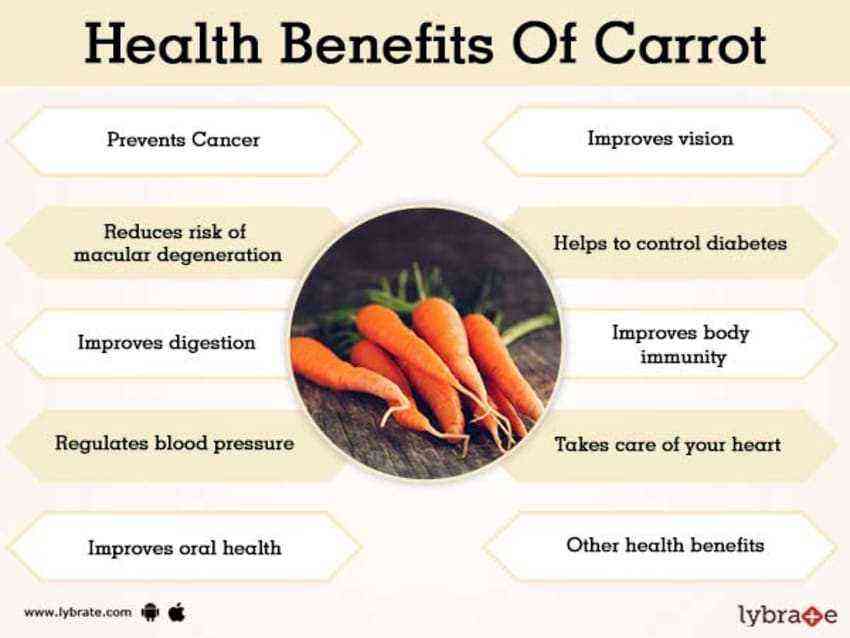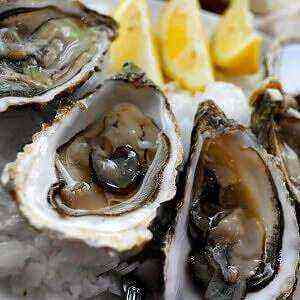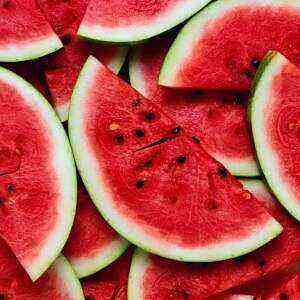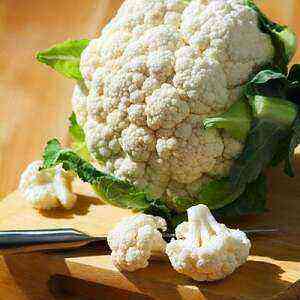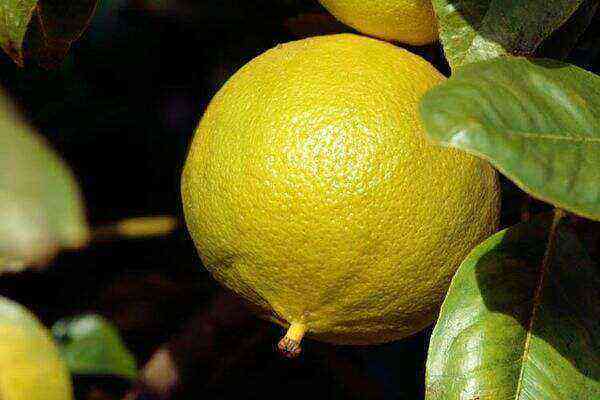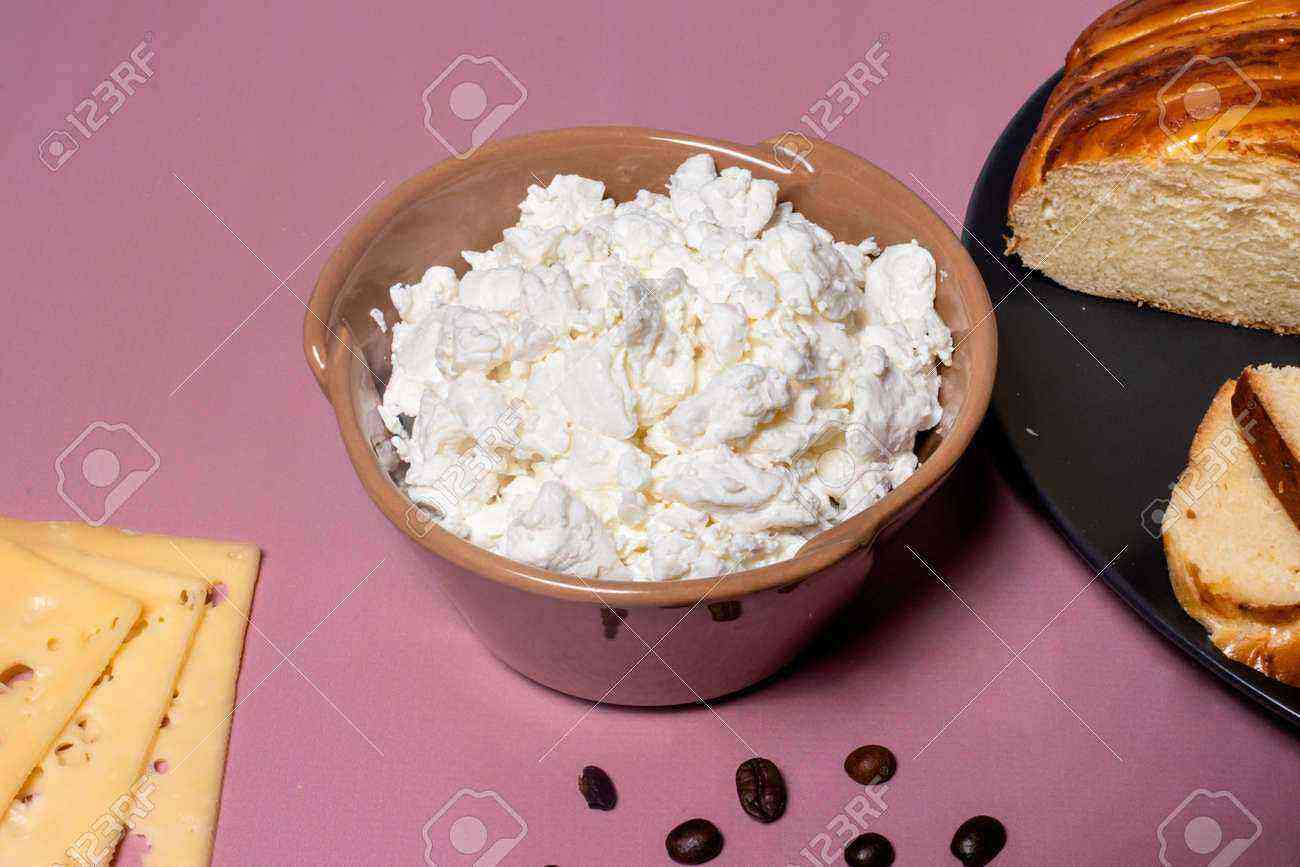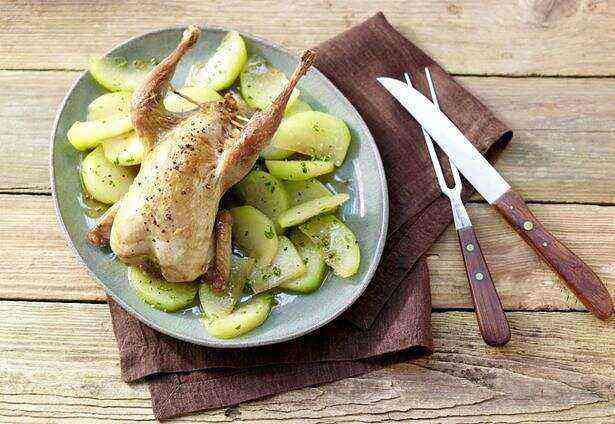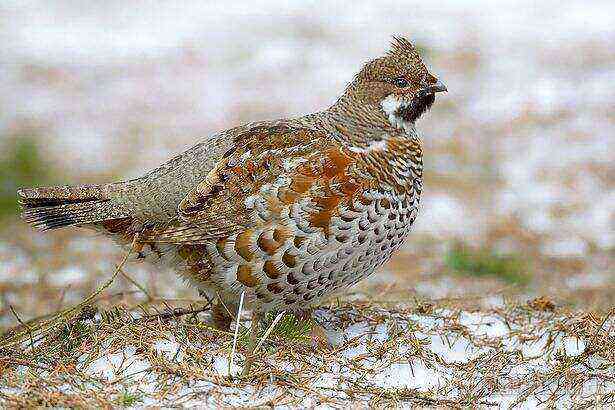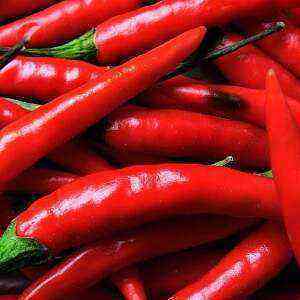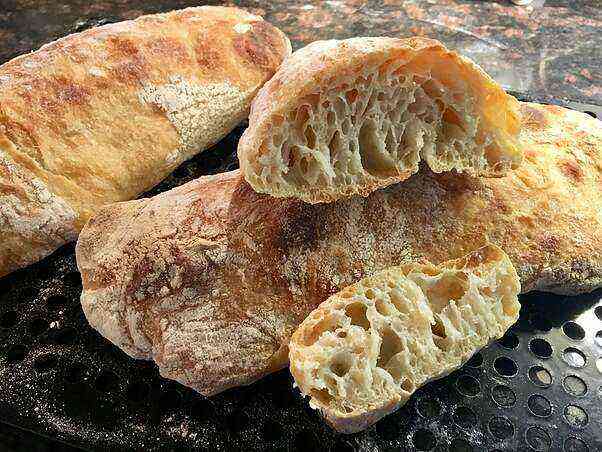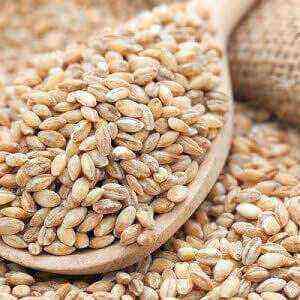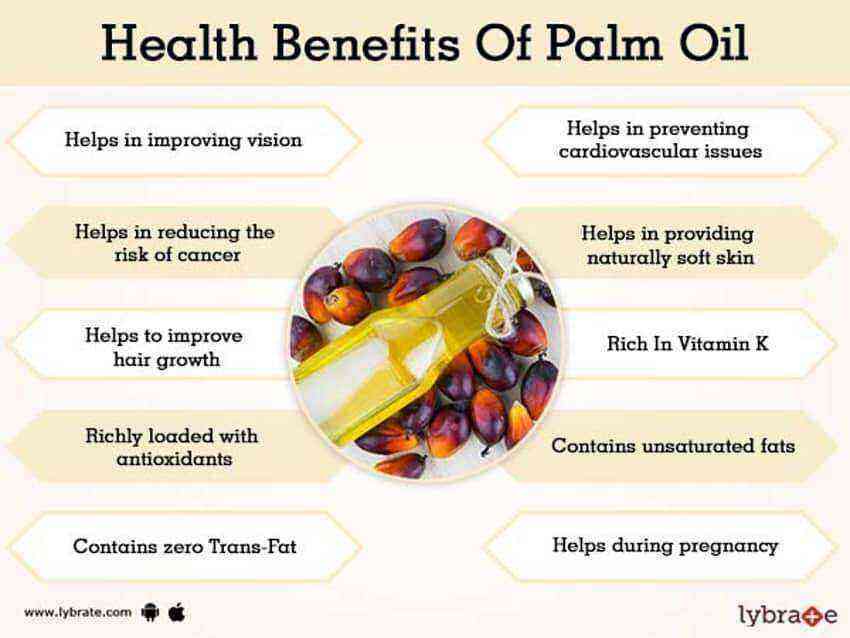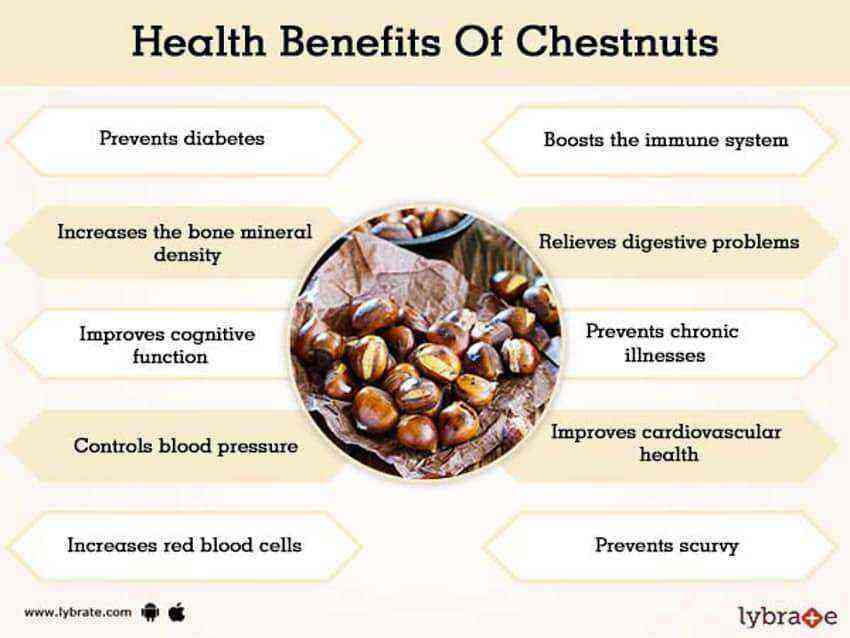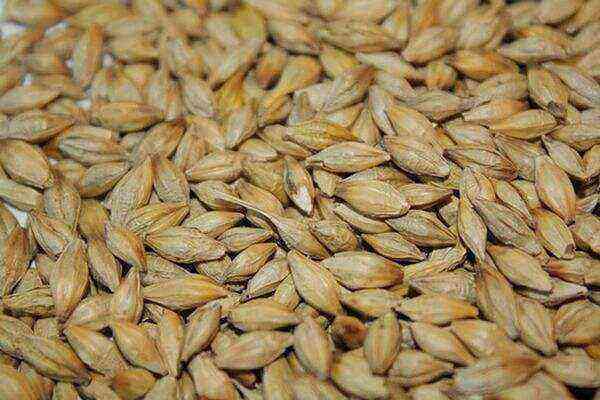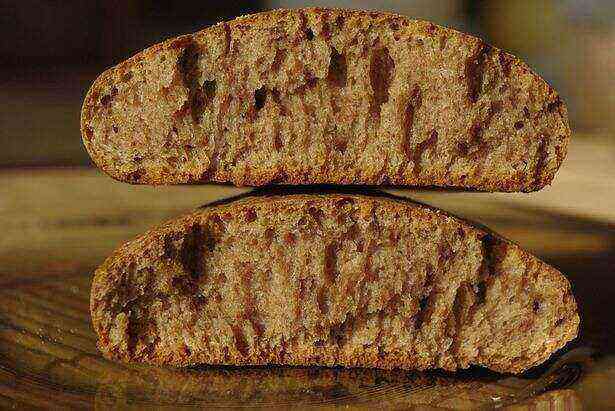Millet (lat.panicum) is a herbaceous annual plant of the cereal family. The plant is completely cultivated – it does not occur in the wild, is extremely unpretentious and is not afraid of drought, therefore it is cultivated almost all over the world without the risk of crop failure. Initially, millet was grown in Mongolia and China, then in India, then spread throughout Europe and was brought to America. We cultivate in the Volga region and in the Central black earth region.
Millet is grown for use in the food industry and also as livestock feed. They produce cereals called millet and flour. Due to the high content of vitamins and nutrients, millet grains are also widely used in folk medicine.
The composition and useful properties of millet
The composition of millet contains vitamins such as B1, B2, E, PP, carotene. Grain consists of proteins, carbohydrates, starch, sugars, fiber, rapidly oxidizing fat. Of the valuable trace elements, it is worth noting calcium, magnesium, zinc, iodine, phosphorus, manganese, iron, copper and nickel. It has a high calorie content – millet – 311 kcal, millet groats – 348 kcal per 100 grams of product.
Millet grains are valued by traditional healers as an excellent immune-modeling agent – regular use of millet, as well as sprouted grains, broths and infusions based on millet, increases the body’s resistance to various diseases. Ordinary millet porridge has an excellent cleansing effect – it removes toxins and decay products, antibiotics from the body, lowers cholesterol levels, and reduces swelling. Millet promotes healing of damaged bones and tissue regeneration, stimulates rapid wound healing. The iron in millet improves blood composition and increases hemoglobin levels.
Fresh, unprocessed millet grain is used as food for endocrine disorders. Ordinary raw water, infused with grains, acquires dietary functions – suppresses appetite, lowers blood sugar, promotes better digestion, cleanses and heals the body, removes excess water from tissues. Millet helps with diabetes, pancreatitis, cholelithiasis, fatty liver, metabolic disorders, fat and carbohydrate metabolism. Some healers believe that fresh millet can fight cancer.
The main dish made from millet grains is millet porridge – an incredibly healthy and tasty dish. Millet is also added to soups, casseroles, baked goods, puddings, mousses, sauces are made from it. Millet flour can be used to bake bread, pancakes, add to other types of flour for the preparation of various bakery products.

